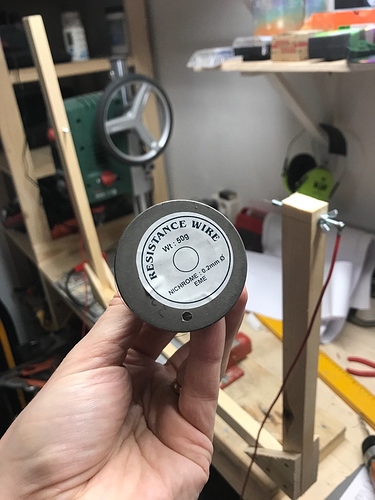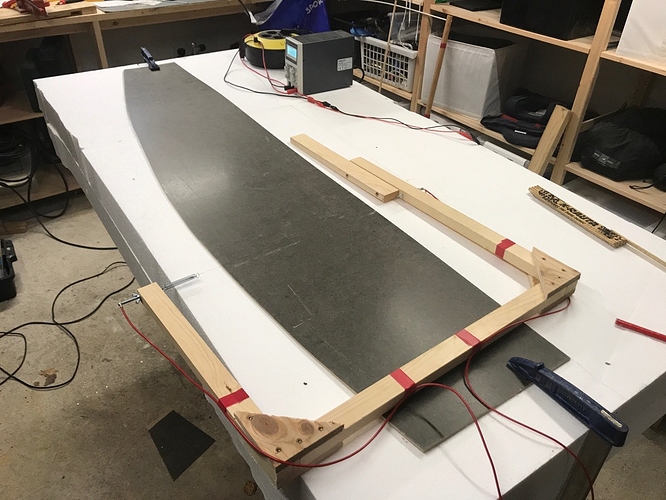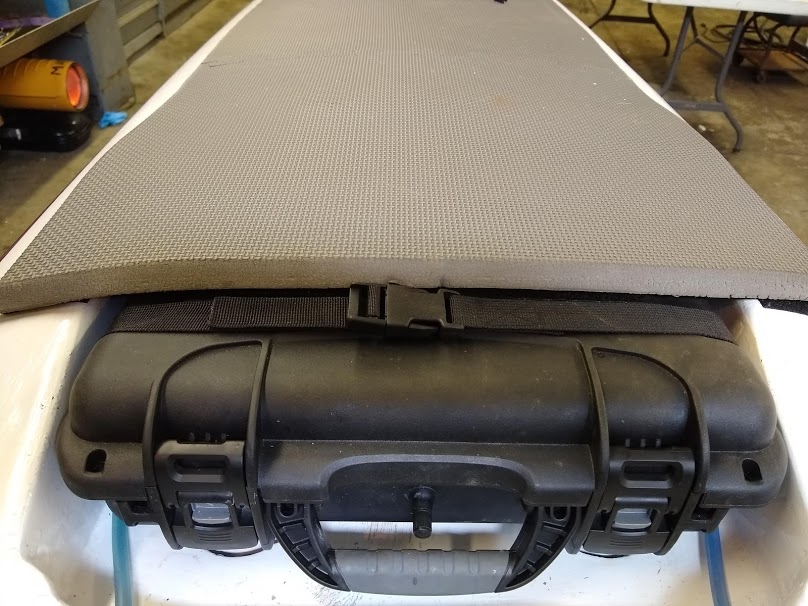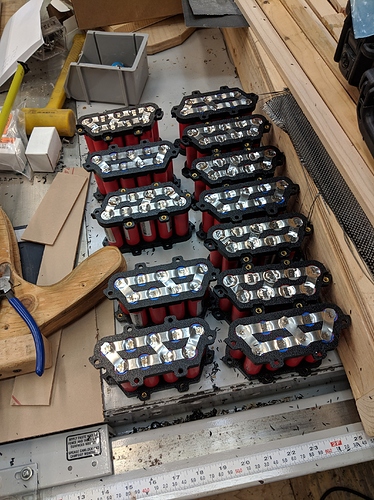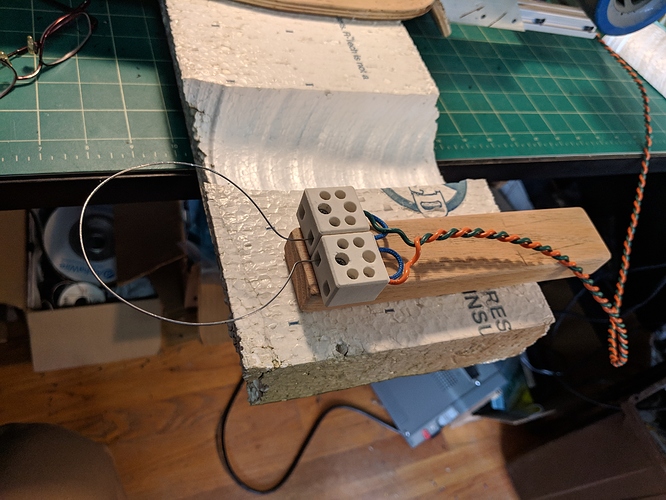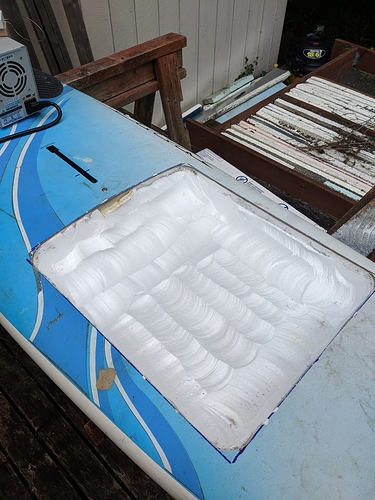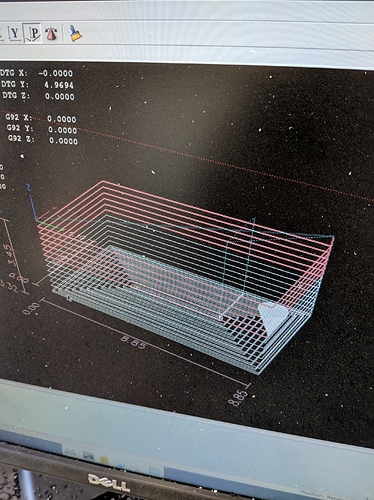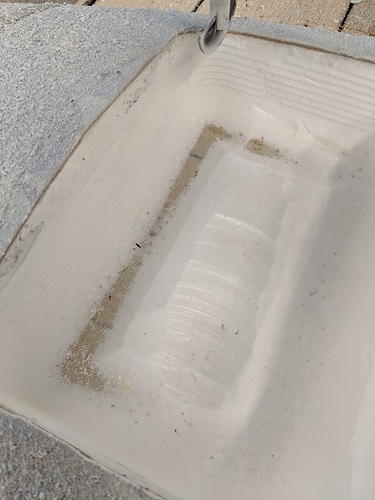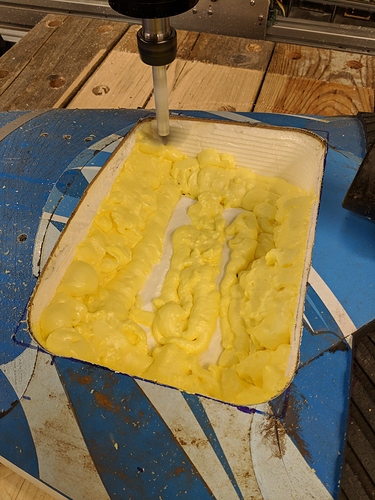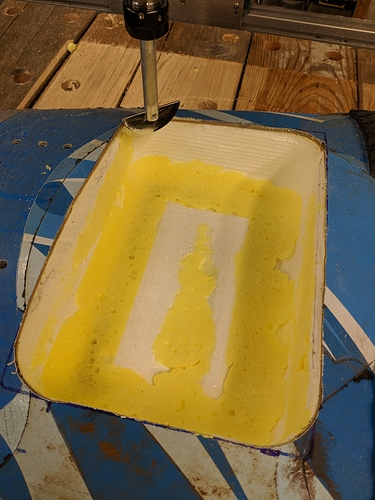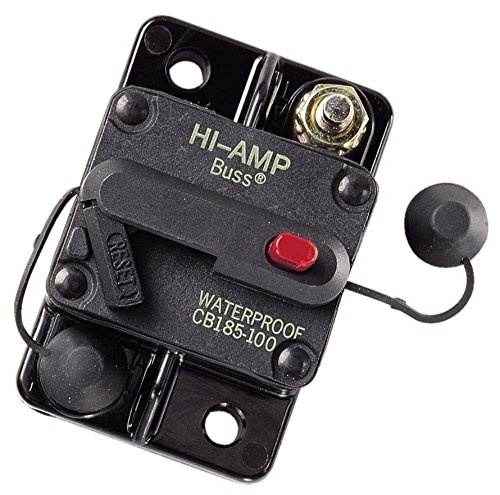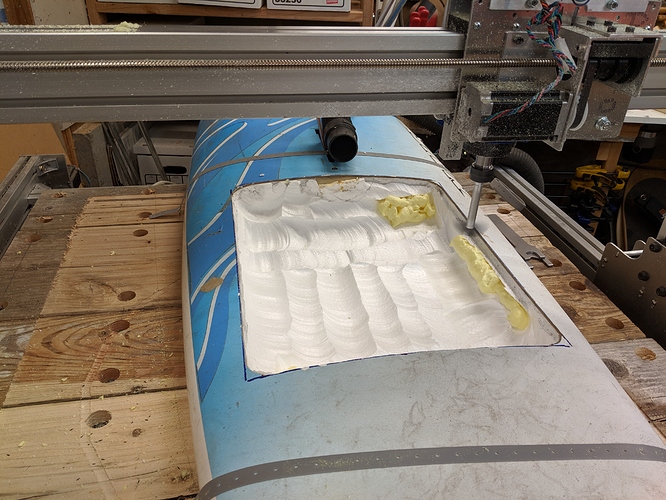You can use nichrome wire that is thick enough to support itself in a big loop. You just need to be able to adjust the voltage relative to the length and diameter of the wire such that the amp draw is correct to get the right heat. In other words… thicker and/or longer wire needs more voltage to produce the same heat. I use a car battery charger plugged into a box with a dimmer switch. Note: the dimmer switch goes before the charger not after.
We use this and it’s been great! Many different levels of voltage from 12v up to 24v.
https://www.etsy.com/listing/551697750/hot-wire-foam-factory-2-foot-bow-cutter
Thanks for your replies - I’ve been noodling on this. I think I’ve figured out how to mount it in a loop such that I don’t short out the wire and I don’t burn the crap out of my fingers. I’m going to order some thicker nichrome wire than what I have in stock (which was for a 3D printer build platform) and try to use a bench power supply to drive it.
I’m thinking 22 gauge - thoughts? I haven’t actually done the math to figure out how much current I’d have to push through it because math is hard.
Failing that the car charger+dimmer switch sounds like fun 
Looks good but pricey. I used nicrome wire (also called resistance wire) in a wooden frame and attached a ordinary 24V 2-3A power supply.
Took me about 1 hour and 10$ s to build.
Worth noting is that the resistance wire gets longer when heated. So some kind of spring is required to make the wire tensed at different temperatures.
i used for the wire fishing line  , and my small rc lipo charger has the option: hot wire, not all lipo charger have this but it is good idea to check and read the manual something
, and my small rc lipo charger has the option: hot wire, not all lipo charger have this but it is good idea to check and read the manual something
May years ago when I did a hot wire project, I used a re-curve hunting bow, Strung backwards.
I got the wire from a old space heater. Car battery as the power source. I used a long length of the wire as a variable resister to meter the power. I would use alligator clips to make connections. It worked really well.
Doug, I remembered this post, I have a pelican like case that failed my leak test. I did the test similar to your test. This is what I am doing. It might help you. Add a tube in to the box so you can blow a small amount of air into the box and create a positive pressure inside. If yours is like mine it wont take much pressure before you hear the air leaking out of the box. As log as there is positive pressure in the box, no water will get in. So I added a strap around my box, It made a significant difference. Still only holds about 1 psi, but that is twice as good as it was. The straps are dirt cheap. I have the details if you want to go that way.
Thanks @MAC, that had been my intention to embed a camstrap into the inset where the battery box is to go and use it to hold the box in place.
But I also have an active air pressurization system in place that consists of a small air pump , a water resistant air inlet thingie (which should work fine so long as the board doesn’t get completely inverted, which I think it can’t on account of the weight of the motor and wing) and an air outlet tube that goes from the battery box (where the air pump lives) to the Driver box and provides positive pressure in both. I have a pressure gauge on the mainboard but probably air will leak out at about the same rate that the pump will bring it in if I’m unlucky. If I’m lucky I’ll save some milliamps.
Thank you @MAC, @Alexandre and @cyberfoil for feedback on the hot wire issue. I have ordered a roll of Nichrome 20 ga. It’ll take some amps to get it warm, but it should stay rigid enough at temp to allow me to scoop out foam in the 2" diameter form that I’m after.
I’ve been fighting the flu for almost a week now and I’m super cranky when I’m sick, but I did, bit by bit, finally get all the batteries welded before the welder died.
No, I’m not kidding, my BRAND NEW welder really died, but fortunately just shortly after I finished with the above packs (which represent 1,080 individual spot welds).
But before it died it really well. It actually had too much power for the thickness of Nickle strip I was using.
The welder has 2 outputs: the standard thingies sticking out of the front and a connector for a handheld. The thingies sticking out of the front stopped working, but the handheld still works. I opened it up and there was no obvious melting so either they are on 2 different sets of wires on the transformer and one set failed, or they are on the same set and there’s something much simpler wrong. I haven’t made the time to dive into it yet.
But now all I have to do is bolt the banks together, wire them up and the battery box is almost done. After that it’s hot wire followed by fiberglass layup.
I’ve been thinking, though, that I might have to drink the BMS cool-aid. Prior to this I have always divided my packs into 2 banks of 5 (all my past packs have been 10S, this is my first 12S) and using a B6AC to charge them. But the B6AC is a pretty timid charger - it doesn’t normally like to go above about 2.7A even if you tell it to, so in the case of the 10S 20700 pack on the eMTB it takes the better part of a day and a night to fully charge it.
But, in the reading I’ve done, most BMSs are crappy and don’t properly balance charge the pack and don’t monitor the overall state of the pack, just the state of each bank within the pack.
Apparently the good BMSs are the ones that contain a BM3451 chip. I haven’t started my search, but my constraints will be this chip and able to support 12S at up to 8A, which happens to be the maximum current of my only other charger.
If you have suggestions, please let me know.
I’ve been shopping BMS’s too. Smart BMS’s seem pretty rad since you can monitor individual cells on your phone. Been thinking of getting some of them.
So I spent a bit of time on BMSs. Nobody likes them.
The cheap ones don’t balance very well and a cursory look at the BM3451 based ones indicates that they can’t handle a high Series pack (like they want 3S).
So I’m looking at this iSDT
There’s also a Turnigy that is similar spec. And there’s a DC only version of the Turnigy that might be interesting if I’m trying to charge onsite.
Two things I like about it are that it’s high current (the Turnigy a bit less so) and has 2 6S channels, so if I split the pack right down the middle I can charge both sides simultaneously.
The iSDT also has a USB charge port so I can top up the remote as well.
An external charger such as the above solves another problem, and that is I didn’t really allow for space in my battery box for a full-on BMS board.
I will need to make a custom split charge connector, though, but it will be internal so doesn’t need to be waterproof.
I’m leaning heavily towards the iSDT.
Addendum: the iSDT is actually cheaper at Amazon, and 1 day shipping.
I ordered a bunch of these:
12S, 48v, 60a. I’ll divide my battery pack into 3 parts so I’ll need 3 BMS’s. Not smart BMS, but seems to do the job I need for cheap.
For my lipo i used 2 of ISDT : https://hobbyking.com/en_us/isdt-t6-lite-600w-charger.html with 2 power supply 20A 12v
Worked very well ( balancing is not extremely precis but it was fine ) since i have them , for my 18650 i slipt it in 2x6s
ISDT have also a 8s
Hot wire cutter is complete and works. My bench power supply only delivers 5A so it barely has enough power to get the wire through the foam but if I go slow enough it works fine (you can see the test cut in the foam block)
So Basically what you’re looking at is a 20AWG nichrome wire loop, 2 heat insulation screwterm blocks, then behind them those 2 little blue wires are high-temp wire which comes off the nichrome and attaches to standard 18AWG wire (OR/GN). All installed on a nice piece of oak.
I’m weighing the option of getting a bigger supply or just calling it good enough. I rarely call things good enough when the alternative involves acquiring giant prehistoric rheostats, but this time I might have to resist, since the clock is ticking.
Well, I screwed up a couple of minor things. The hot wire scooper worked well except for the aforementioned lack of current from my power supply, but a bit of patience and i was able to scoop the foam out.
Unfortunately in a few spots I accidentally scooped up under the edge of the cutout. I didn’t think this was a big deal - I’d just fill it in with spray-foam and re-shape it, but it turns out that despite the similarity in names styrofoam and sprayfoam do not get along. In fact they darn near repel each-other.
So now I need to figure out how to fill the voids back in.
I had known all along that I wasn’t going to be able to get the base flat and the edges as clean as I wanted with the scooper alone, so I went back to my wildly dangerous home-made router bit. First I determined the edges of the board, then I made a little model that would cut down all four sides and then plane across the bottom resulting in a nice clean opening.
Here are a couple of videos of the carving in process.
It did work, except I screwed up and made it too deep and it started to cut into the bottom fiberglass. Fortunately I was able to stop it before it did any real damage.
oops.I have to say, the CNC thing worked really well. If I had a real dust collection system I could definitely have skipped the hot wire process. As you can see from the vid it was snowing pretty heavily - and that’s with the shop vac on and attached.
So the first job ahead of me is to figure out how to re-fill parts of the cavity with styrofoam, and then go back in and carve a nice clean opening for the fiberglass.
The second job has to do with charging. I went ahead and got the iSDT D2 and it does work, but it is really sensitive about connections between the two sub-packs. Even having a little volt meter bridge the two causes it to start flashing warnings.
Let me go back for a second and explain what I had planned to do. I’m running 12S9P and I was going to have the cutoff split the pack into 2@ 6S sets. Then the two halves of the D2 would be able to charge both half-packs at the same time. I tested this on an esk8 and it works fine so long as there is no connection between the packs. But if anything bridges them, as I said above, it doesn’t work. This means that I have to disconnect the ESC if I want to charge which isn’t a good option.
One of the things that I omitted in my electrical master plan was a fuse. So I’m going to add a fuse to with the line going out to the ESC, but since I don’t want to have to pull the fuse itself to charge the pack I’m going to make a board that contains both the fuse and a loop key. That way I pop the cutoff, pull the loop key and then the 2 packs are completely isolated and the D2 won’t whine so much.
I hope.
The good news is I was wrong - spray foam does stick to styrofoam. I think after it’s initially sprayed on it bubbles down into the foam bit and the chemically bit and the chemical bit actually does stick to styrofoam.
So before:
and after:
I re-foamed in a few gaps and holes since it’s only Thursday; and am going to CNC it again this weekend, as well as CNC the battery compartment.
Also I might try to improve on the router blade - if it were more U shaped and less D shaped then I wouldn’t get those ridges you can see in the sidewalls. I made it out of an old table saw blade so pretty easy to make another one.
Quick update, a couple of posts ago I talked about adding a fuse and a cutoff Loop Key - I was going to make a PCB that contained these two items. The purpose was to be able to absolutely isolate the 12S pack into 2@ 6S so I could charge simultaneously.
Turns out the boating community has exactly this in a single super-handy device:
I don’t know why it didn’t occur to me before. Size is likely to be an issue - I may have to move things around in the battery box.
Anyway it’s on order. Today I’m carving up the battery box compartment.
I have the same breaker rated 150A. Still have to check if that’s sufficient for my 56104/kV650/12S jet setup.
